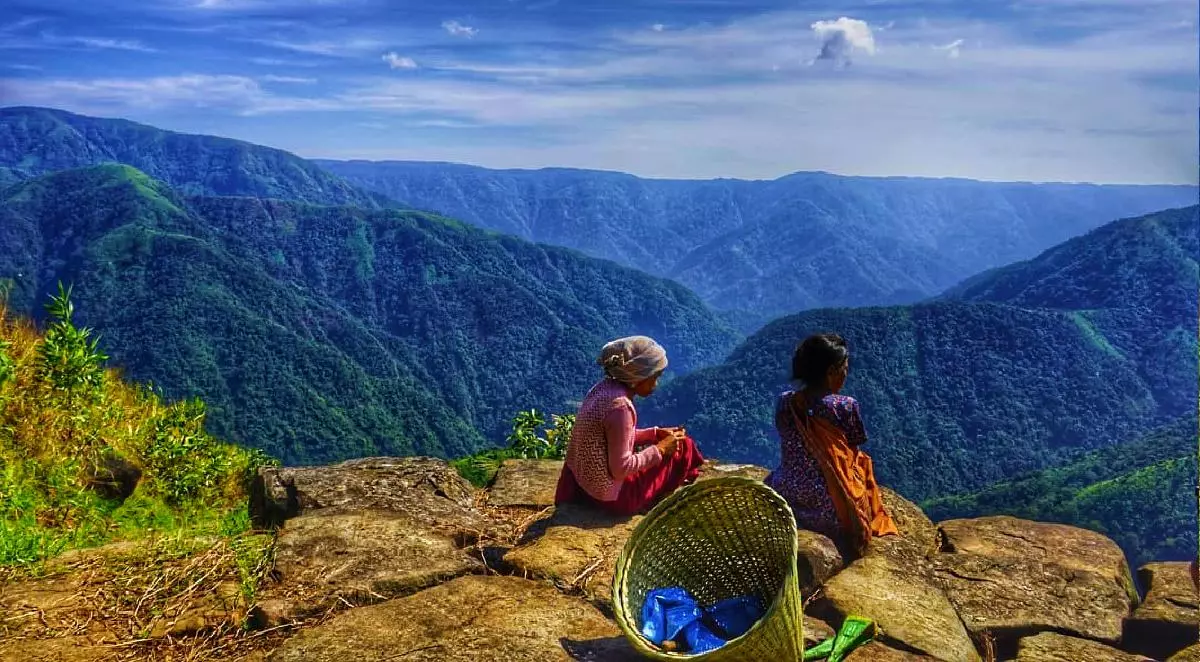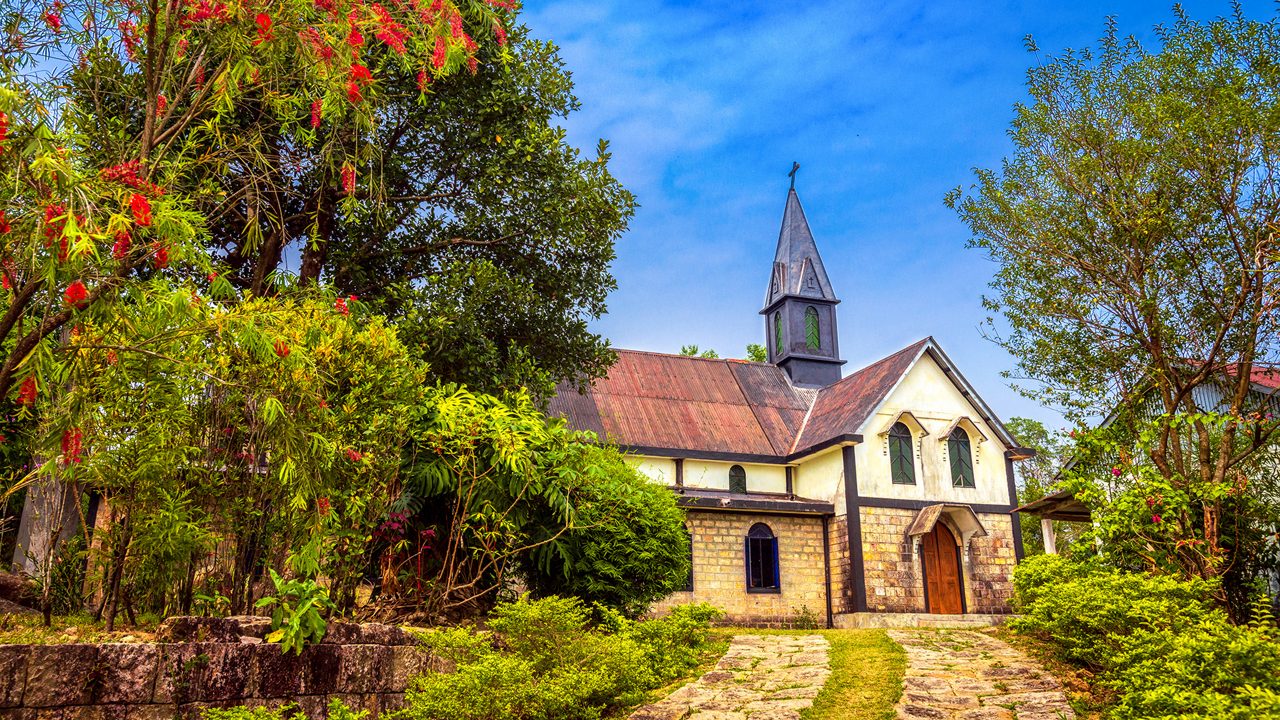Now Reading: The Meghalaya Village Where People Speak Through Whistling
-
01
The Meghalaya Village Where People Speak Through Whistling
The Meghalaya Village Where People Speak Through Whistling

Tucked away in the hills of Meghalaya lies a village unlike any other—Kongthong. Here, people don’t just call each other by name. They whistle. Every person in this village has a unique tune, composed and given to them at birth by their mother. It’s not a song or a nickname—it’s how they’re identified and called out, even across distant hills.
A language shaped by nature
Kongthong is located in the East Khasi Hills district of Meghalaya. Surrounded by dense forests and rolling hills, the village is cut off from modern noise. That isolation gave rise to a system of communication that blends perfectly with nature.
Instead of shouting names, villagers whistle melodic tunes. These “musical names” travel easily across the valleys, carried by the wind, and understood instantly by those who hear them. It’s part language, part identity, and completely organic.
How it works
Each person has two names—a regular spoken one and a whistled one called “jingrwai lawbei”, which literally means “song of the clan mother.” The whistled name is usually 10–15 seconds long, created by the mother when the child is born. No two are the same.
This tune becomes their identity. Children grow up recognizing each other’s whistle. Elders recall the tunes of those who’ve passed. Even in daily life—calling someone to dinner, alerting them across fields—whistling is more common than speaking.
Deep roots in culture
The practice isn’t just functional. It’s deeply tied to the Khasi tribe’s matrilineal traditions. In a culture where lineage is traced through the mother, the act of a mother composing a tune for her child carries emotional and cultural weight.
In Tier 2 towns and cities, where rapid urbanization often overshadows traditional knowledge, Kongthong stands out as a reminder that not all innovation is new. Sometimes, age-old practices are more in tune—literally—with the environment.
Recognition and relevance
In recent years, the village has started gaining national and international attention. Tourists are curious. Researchers are interested. The government has stepped in with development support. Yet, despite the attention, the villagers continue their lives in the same rhythm—quiet, melodic, and deeply connected to their land and each other.
For India’s fast-growing towns, especially in the Northeast and Tier 2 belts, Kongthong’s story is a quiet lesson in preservation. It shows that embracing modernity doesn’t have to come at the cost of identity.
The takeaway
Kongthong isn’t just a village with a quirky habit. It’s a living, breathing example of how culture and communication can evolve naturally within a community. In a world drowning in noise, their way of life reminds us that listening—truly listening—can sound very different.

























